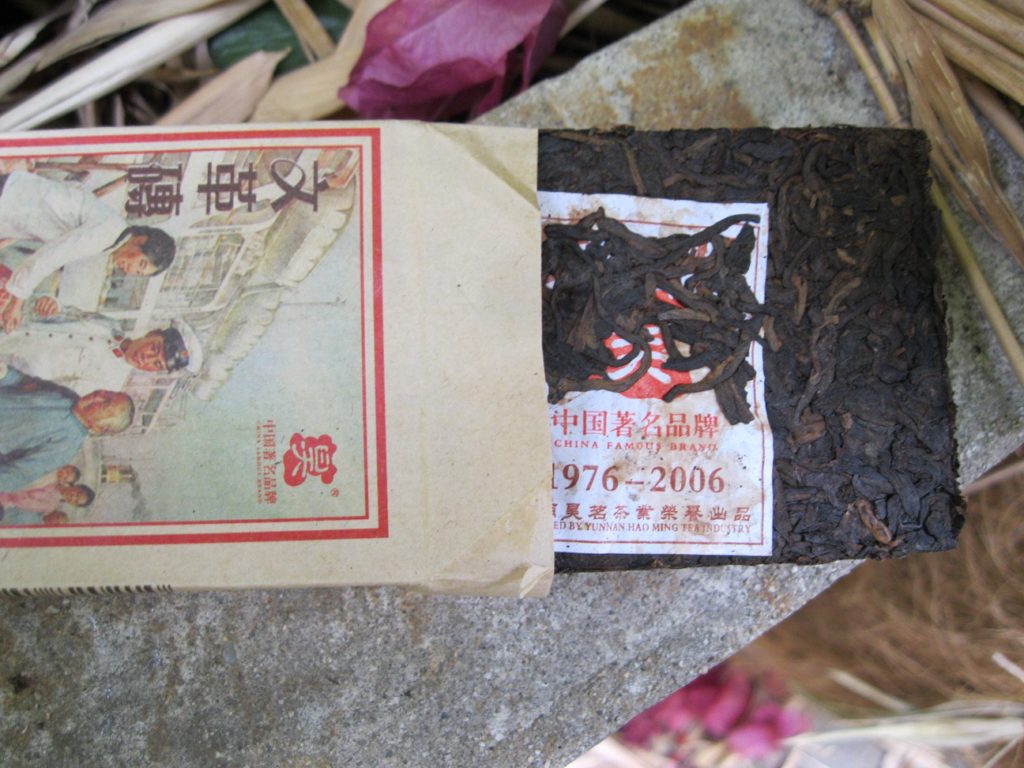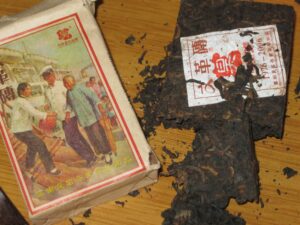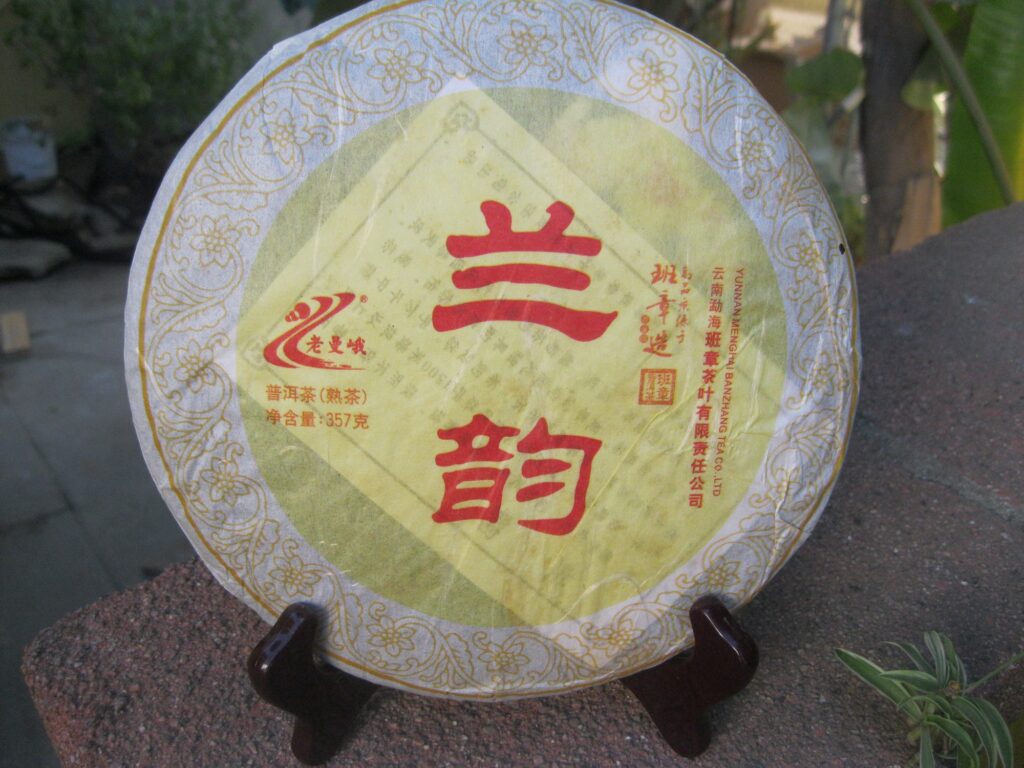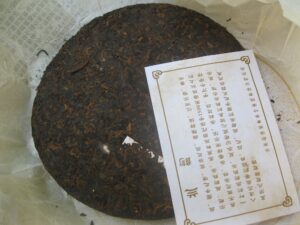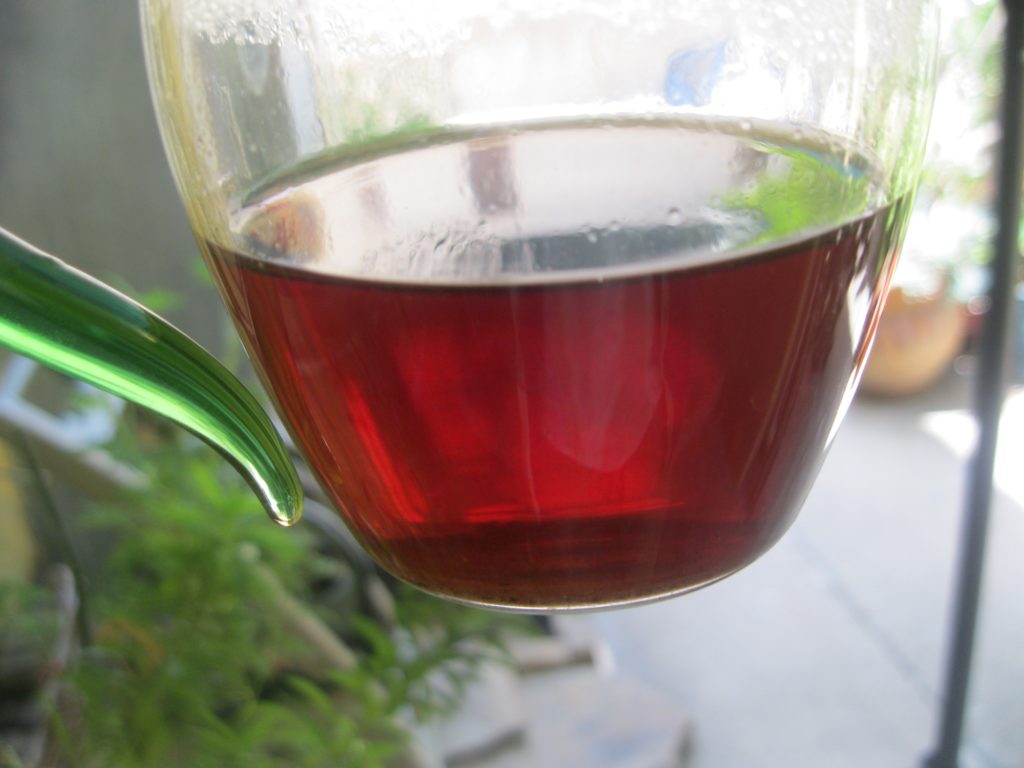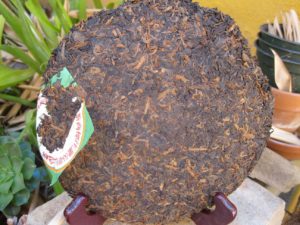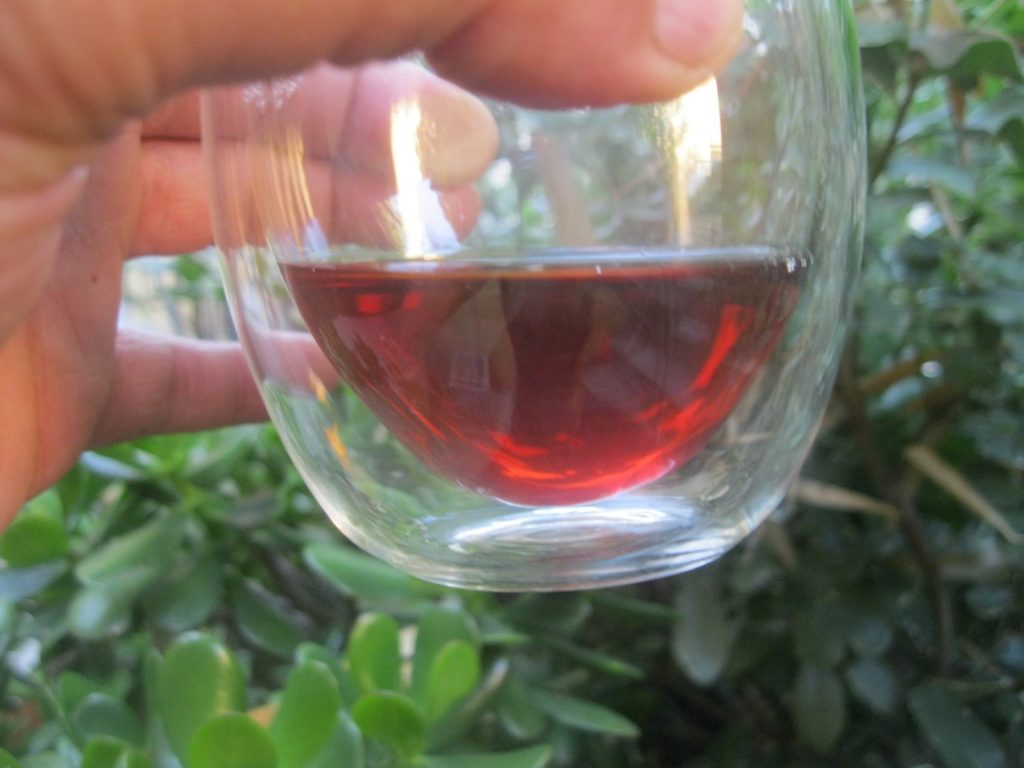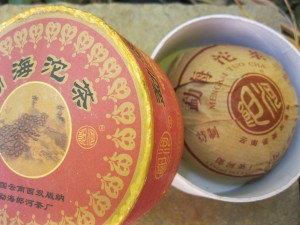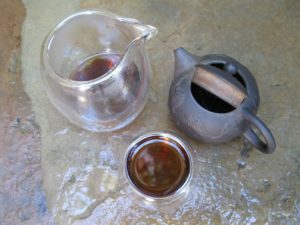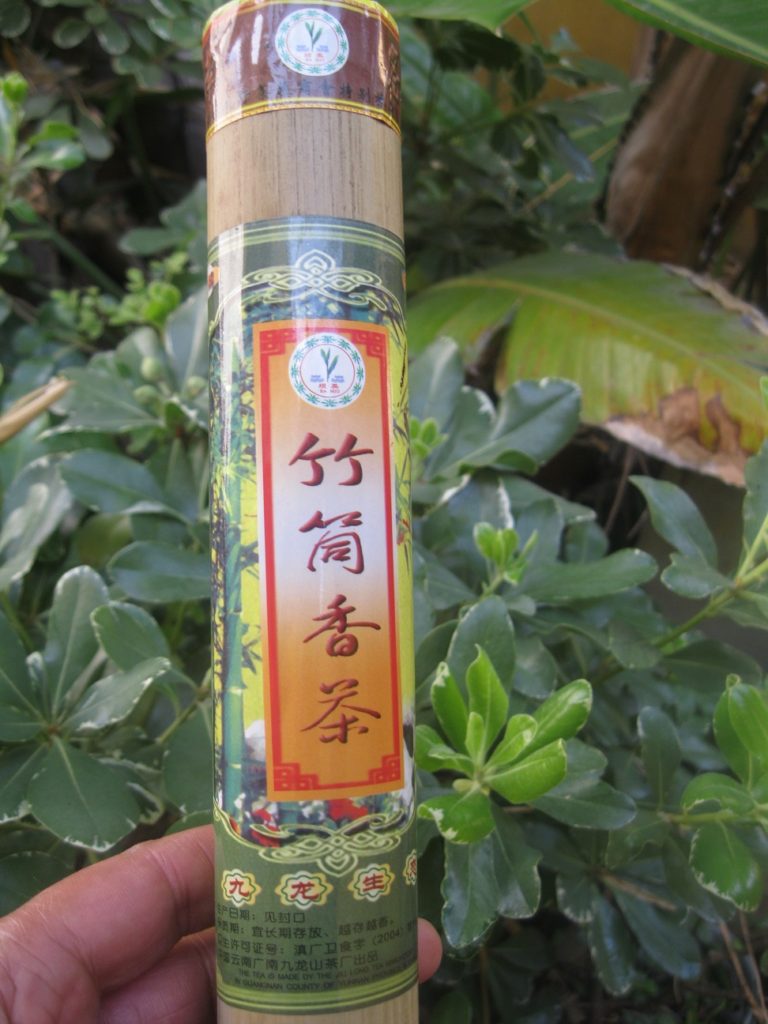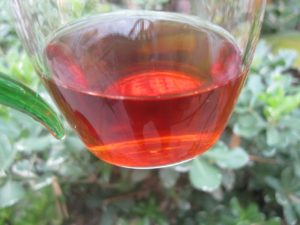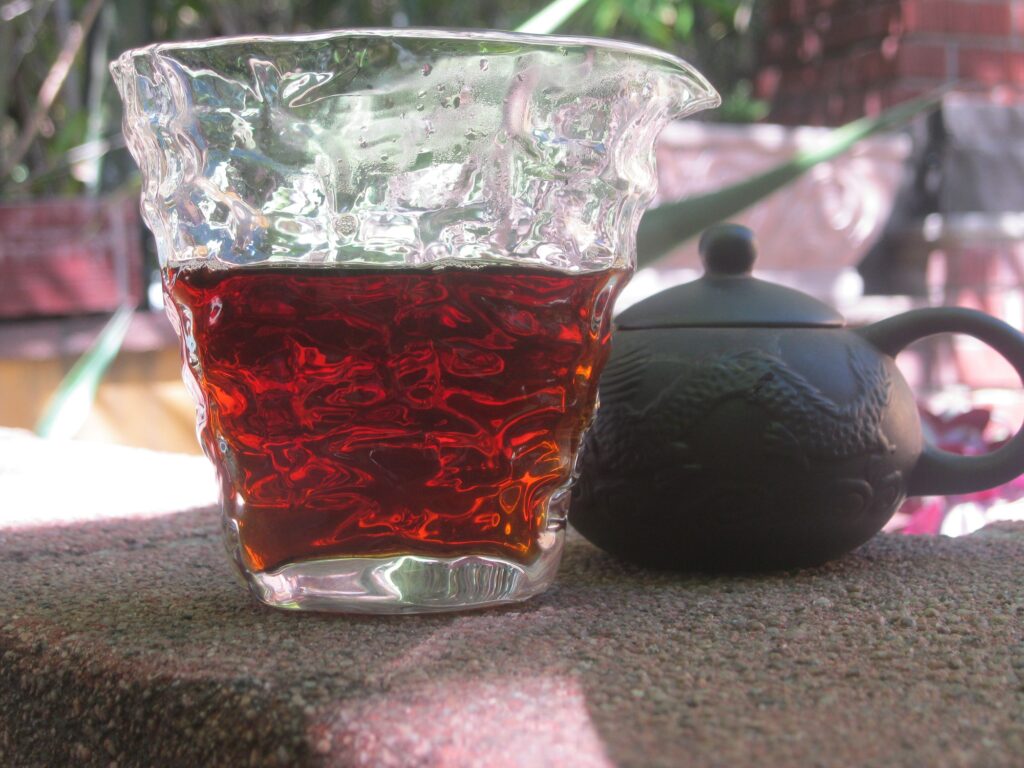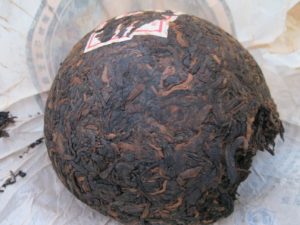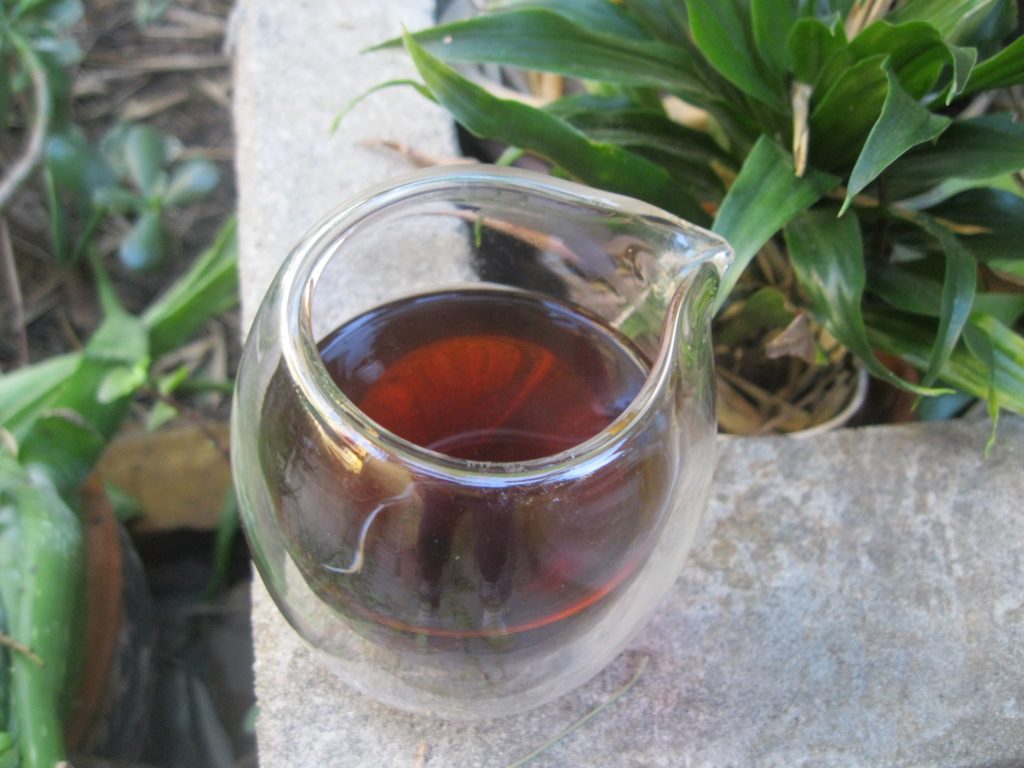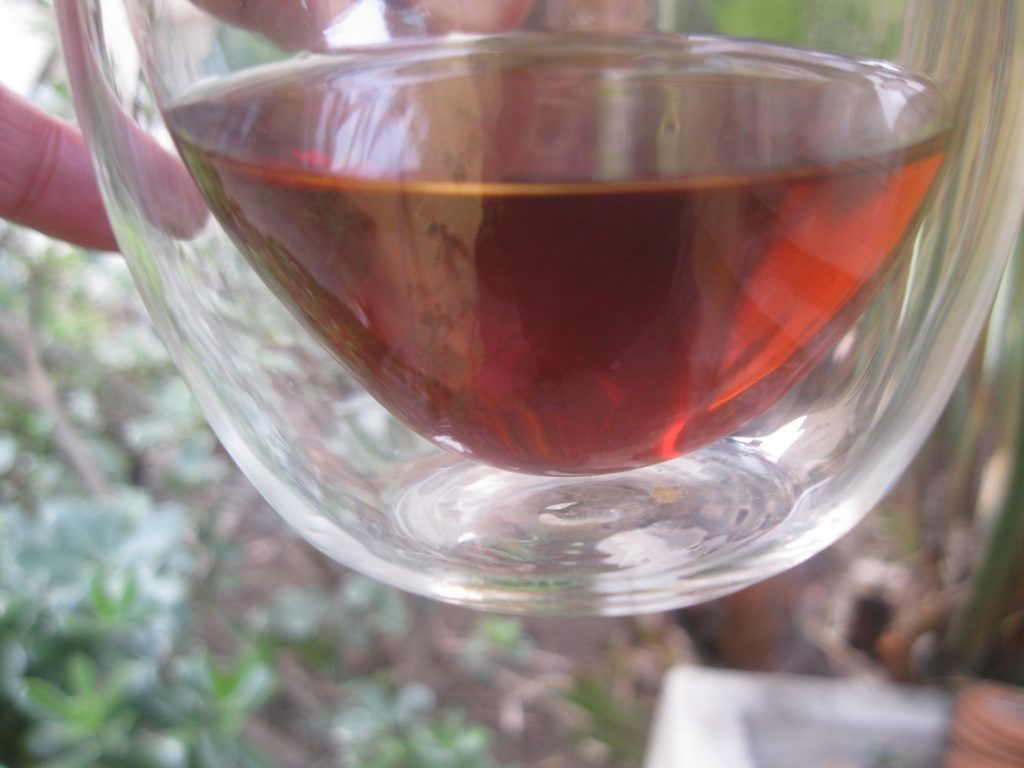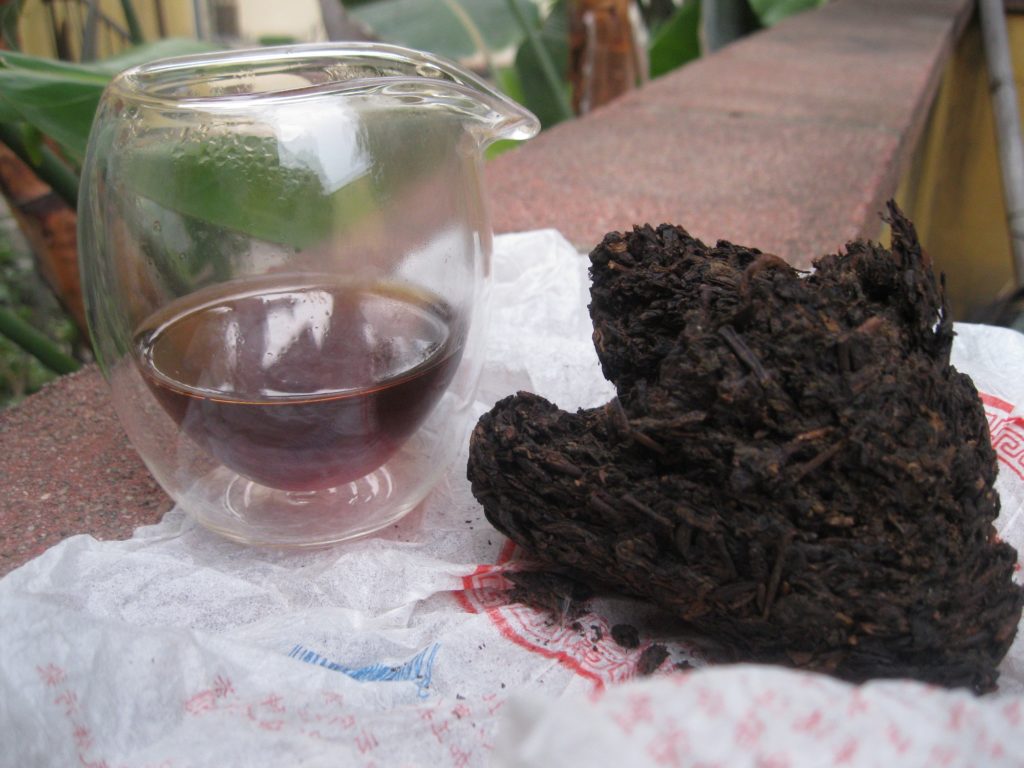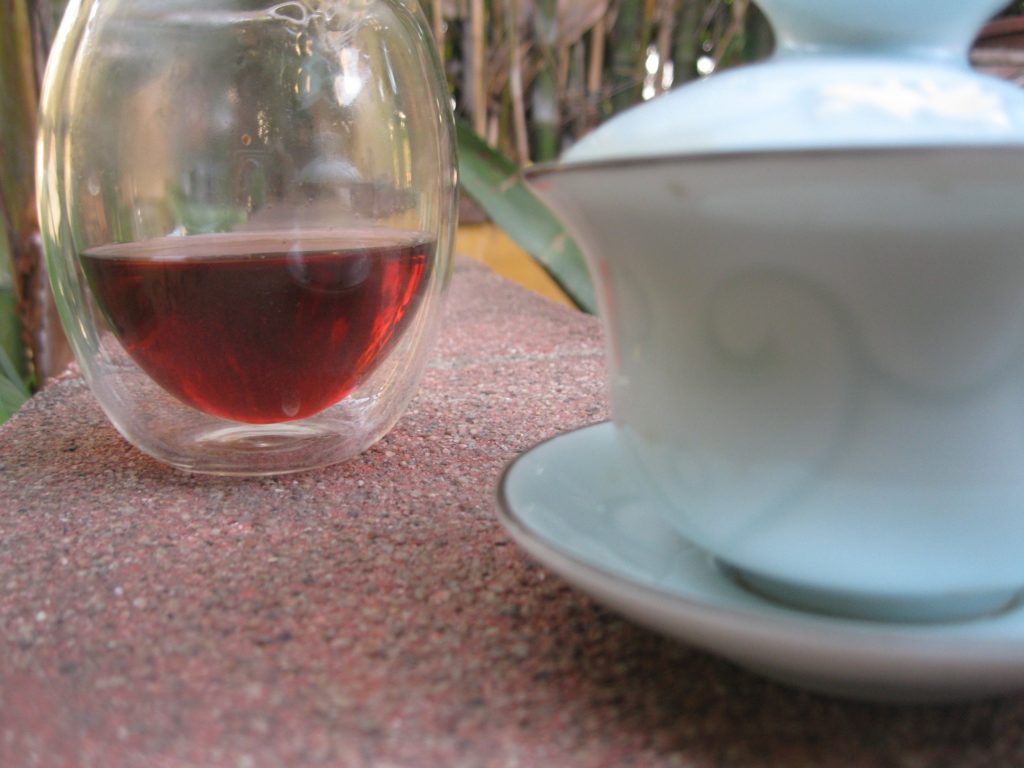Puerh Rating: Cultural Revolution Series
The Puerh Junky Rating System (PJRS) takes on ‘12 Cultural Revolution Series. This offering was first posted in spring of 2016. At the time it was very much in that “so what” stage. The Puerh Junky imbibed of it in those five years a total of four time and twice this week, being the second week of January in 2021.
Upon the second tasting in ’18, the CRS exhibited certain talcum notes, giving the impression it was going to take a turn for the perfumy type ripe but has now settled into the domain of richness with camphor. This production is clearly getting better with age, so lets get down to it.
After three rounds the totals were as follows:
- Aroma 8
- Clarity 9
- Sweetness 11
- Viscosity 8
- Astringency 12
- Huigan 11
- Qi 4
Reflections on Cultural Revolution Series
The Puerh Junky has a preference for lighter ripes that demand less brewing time to get the most from them. In the final assessment, the CRS is decidedly NOT that type of ripe puerh. In fact, it was apparent in the fourth infusion which I pushed for a minute that it was decidedly better than the previous three because it had received the requisite time to sufficiently enrich the broth.
Increased brew time does not adversely affect CRS’s most outstanding attribute, smoothness. The astringency/tannins noted in ’16 upon posting are no longer there. Second is its sweetness, which is building with time. Notably, as one digs deeper with each infusion there isn’t a big drop off in sweetness, while the huigan builds. Camphor and sweetness express strongly in both the broth and the huigan, the sweetness such a presence that one my call for water to dilute the sugar. It is a sugar sweetness, not molasses. In fact, even though the camphor indicates a fair amount of aging and juicy storage, there is no darkness, yeastiness, or even humidity characterizing Guandong type storage.
The PJRS gave the CRS a low qi score. However, it appears that its qi effects are considerably greater, though they come on rather slowly. The sensation once it came on could be felt in both the head and the muscles of the neck and arms, giving that “need to stretch” sensation.
Conclusion
The Puerh Junky could hardly think of a more appropriate production to introduce someone to ripe puerh than the Cultural Revolution Series. It is sweet and camphory without any hints of wetpile taste. At the same time, given the trajectory of the offering itself, it is clear that it is at an interesting stage that is trending in the right direction for the seasoned ripe drinker, particularly ones who enjoy their ripes on the thick side. Puerh Rating: Cultural Revolution Series

